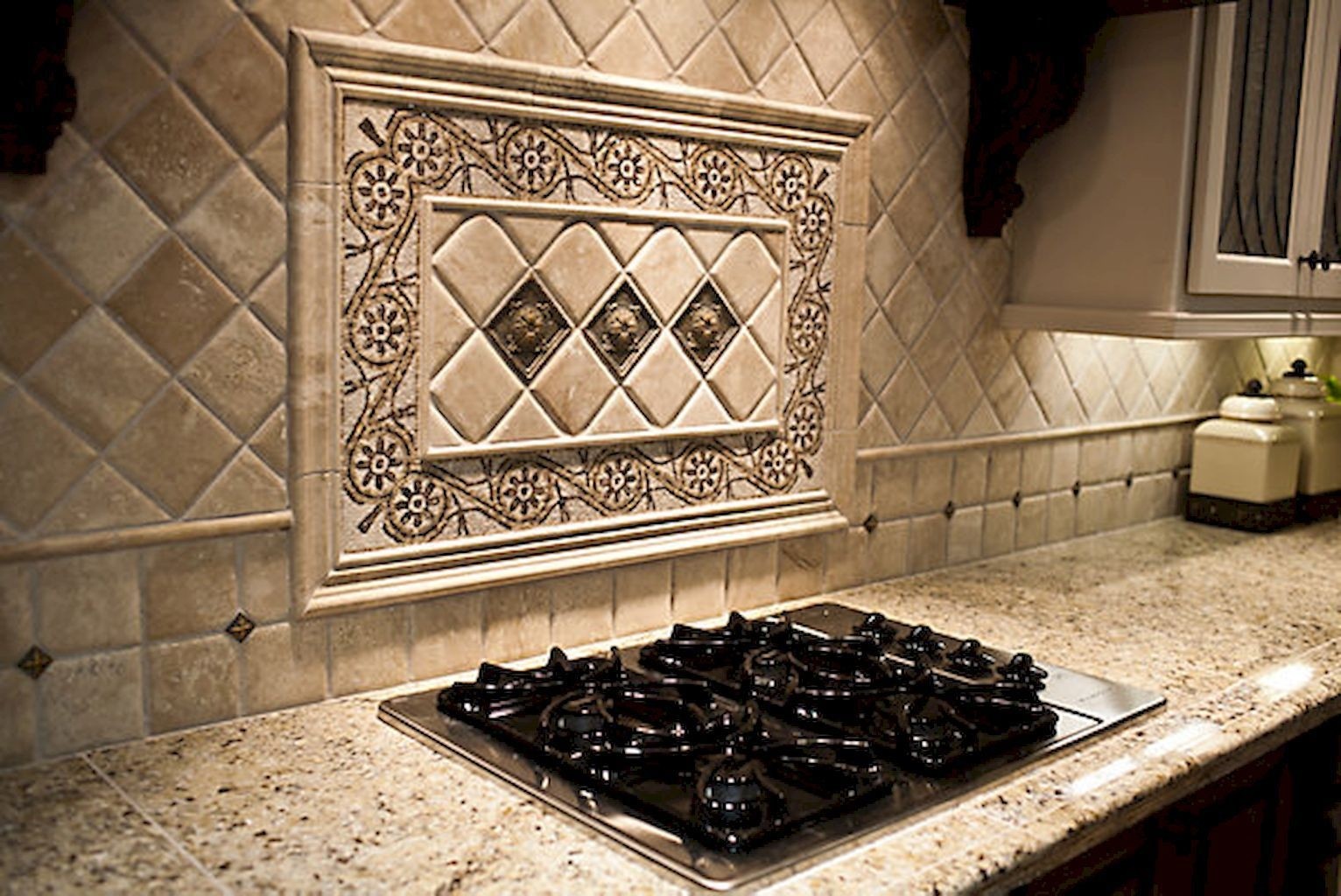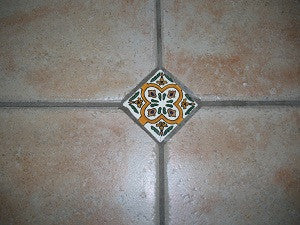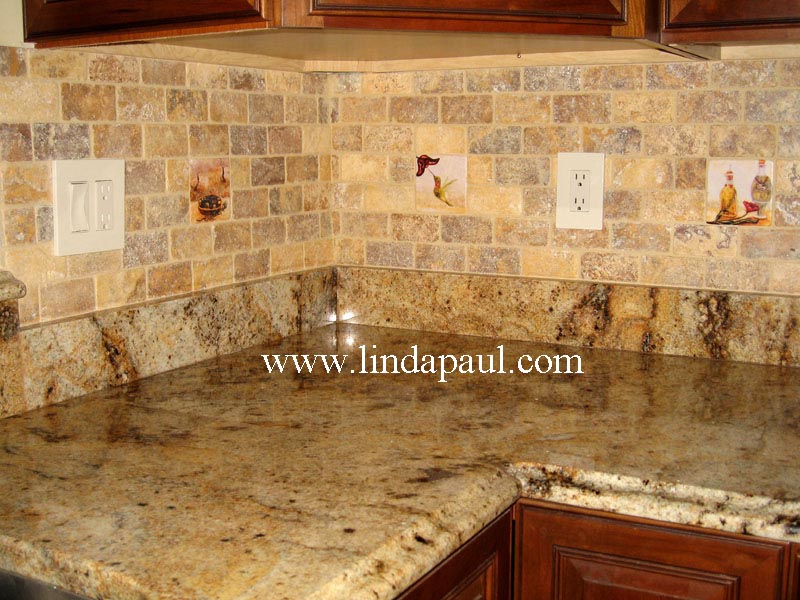Are you looking to add personality and vibrancy to your home? Decorative insert tiles might be just what you need! With their ability to elevate any space, these tiles offer a delightful combination of aesthetics and functionality. In this guide, I’ll share insights from my personal experience, delve into the various aspects of decorative insert tiles, and provide you with tips to choose the best options for your project.
What Are Decorative Insert Tiles?
Decorative insert tiles are specialized tiles designed to be used as accents within a tiling installation. They are typically placed within a broader layout of standard tiles to create a focal point, add color, or enhance the overall design. Whether used in kitchens, bathrooms, or living areas, decorative insert tiles can dramatically boost the visual appeal of any space.
Types of Decorative Insert Tiles
- Ceramic Tiles: Durable and versatile, ceramic tiles come in various designs and colors.
- Porcelain Tiles: Known for their density and moisture resistance, porcelain tiles are perfect for wet areas.
- Glass Tiles: These tiles reflect light beautifully and can create a unique ambiance.
- Natural Stone Tiles: For a more organic look, options like marble or slate are excellent choices.
- Metal Tiles: Adding a modern touch, metal tiles can be used in creative configurations.

Benefits of Using Decorative Insert Tiles
Decorative insert tiles offer numerous advantages, making them a popular choice among homeowners and designers alike.

Enhance Aesthetic Appeal
One of the most compelling reasons to use decorative insert tiles is their ability to enhance the overall aesthetics of a room. By choosing the right designs and colors, you can create stunning visual contrasts and harmonious patterns.

Durability and Longevity
Many decorative tiles are made from high-quality materials that can withstand daily wear and tear. This longevity makes them a smart investment for any home renovation.

Versatile Applications
From kitchens to bathrooms and even living rooms, decorative insert tiles can be used in a variety of settings, allowing for flexibility in design and decor.

Easy to Clean
Most ceramic and porcelain decorative tiles are resistant to stains and easy to clean, making them practical for busy households.

How to Choose the Right Decorative Insert Tiles
Selecting the perfect decorative insert tiles requires careful consideration of several factors. Here’s what to keep in mind:

1. Consider Your Style
First, think about the overall style of your home. Are you going for a modern, minimalist approach or a more traditional, rustic feel? The tiles you choose should complement your existing decor.
2. Decide on a Color Palette
Colors can evoke emotions and set the mood of a space. Determine a color scheme that aligns with your design vision. Neutral tones can add elegance, while vibrant hues can infuse energy into your room.
3. Think About Texture
Texture plays a vital role in the visual appeal of your tiling. Pair glossy tiles with matte finishes for a balanced look, or use textured tiles to create a tactile experience.
4. Size and Shape Matter
The size and shape of the tiles can impact the overall design significantly. Larger tiles can create a more expansive feel, while smaller tiles can add intricate details.
5. Budget Considerations
Set a budget for your tile project beforehand. Decorative insert tiles can vary widely in price, so knowing your limits helps narrow down your choices.
Installation Tips for Decorative Insert Tiles
Successfully installing decorative insert tiles requires some planning. Here are some tips from my personal experiences:
Preparation is Key
Ensure the surface is clean and smooth before starting. This preparation guarantees better adhesion and a more professional finish.
Lay Out Your Design
Before applying adhesive, lay out your tiles on the floor or a flat surface to visualize the final design. This step can help you make adjustments before committing.
Use Quality Adhesives
Invest in high-quality tile adhesive to ensure a long-lasting bond. Follow the manufacturer’s instructions carefully for the best results.
Grouting Techniques
Apply grout carefully, using a sponge to wipe away excess. Make sure to allow proper drying time to avoid any issues later.
Pros and Cons of Decorative Insert Tiles
Pros
- Enhances the visual appeal of any space.
- Available in a variety of materials, colors, and designs.
- Durable and long-lasting.
- Easy to clean and maintain.
Cons
- Can be more expensive than standard tiles.
- Installation may require professional help for best results.
- Some materials may not be suitable for high-moisture areas.
Comparing Different Types of Decorative Insert Tiles
| Tile Type | Pros | Cons | Best For |
|---|---|---|---|
| Ceramic | Affordable, versatile, available in various designs | Can chip easily | Kitchens, bathrooms |
| Porcelain | Dense, moisture-resistant, durable | Heavier and may require thicker mortar | High-traffic areas, outdoor spaces |
| Glass | Reflects light, modern look | More fragile than other options | Backsplashes, feature walls |
| Natural Stone | Unique and luxurious appearance | Requires sealing and maintenance | Entryways, living areas |
| Metal | Trendy, adds a contemporary edge | Can be prone to scratches | Modern designs, accents |
Real-Life Applications of Decorative Insert Tiles
Let’s take a look at how decorative insert tiles can be used effectively in different spaces:
1. Kitchen Backsplash
Using colorful decorative tiles as a backsplash not only protects your walls but also serves as a stunning visual feature. I once created a beautiful mosaic pattern in my kitchen using a mix of blue and white ceramic tiles, which transformed the space into a cozy gathering area.
2. Bathroom Accents
In bathrooms, decorative tiles can be used around the shower or bathtub areas. A friend of mine used vibrant glass tiles to create an elegant focal point in her shower, making a daily routine feel like a spa experience.
3. Living Room Feature Walls
Transform an ordinary wall into a stunning focal point by using decorative tiles. A unique arrangement can serve as artwork and conversation starters. I once installed a striking natural stone design in my living room, and it has become a favorite feature for guests.
4. Entryway Designs
Decorative insert tiles can also be used in entryways to make a grand first impression. A tile medallion in the center of the floor can welcome guests with style and sophistication.
FAQ About Decorative Insert Tiles
What are the best materials for decorative insert tiles?
The best materials depend on your specific needs. Ceramic and porcelain are excellent for durability, while glass and natural stone are great for aesthetics.
Can decorative insert tiles be used outdoors?
Yes, but ensure you choose tiles that are rated for outdoor use, such as porcelain or certain natural stones that can withstand weather conditions.
How do I maintain my decorative insert tiles?
Regular cleaning with a gentle, pH-neutral cleaner will keep your tiles looking their best. For natural stones, periodic sealing is recommended.
Are decorative insert tiles suitable for high-moisture areas?
Porcelain and glass tiles are great options for high-moisture areas like bathrooms. Always check the specifications before making a purchase.
What is the installation process for decorative insert tiles?
The installation process involves preparing the surface, laying out the tile design, applying adhesive, placing the tiles, and grouting. It may be wise to hire a professional for a flawless finish.
Conclusion
Decorative insert tiles bring an artistic touch to any space, allowing homeowners to express their unique styles. With endless options available and the right planning, you can transform your home into a work of art. Remember to consider your style, color palette, and the practical aspects of installation and maintenance. I hope this comprehensive guide inspires you to incorporate decorative insert tiles into your next home project!